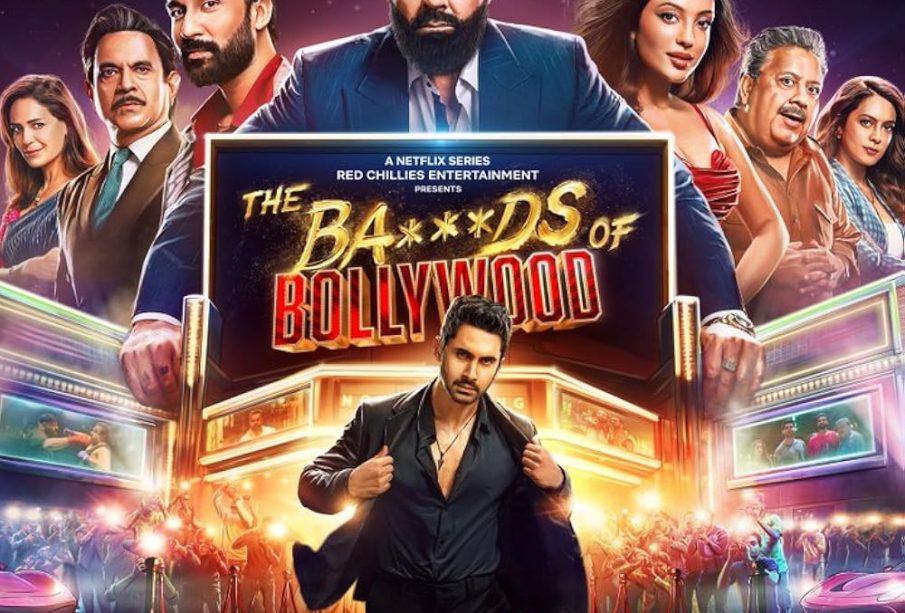Exploring the Bads of Bollywood: Controversies and Criticisms

The Importance of Navigating Bollywood’s Dark Side
Bollywood, India’s renowned film industry, is celebrated for its vibrant storytelling and spectacular performances. However, beneath the glitz and glamour lies a series of controversies and challenges that have marred its reputation. Understanding these negatives is crucial as they shed light on the industry’s impact on society, culture, and the well-being of its stakeholders.
Key Issues Plaguing Bollywood
Recent years have seen a surge in discussions surrounding several grave issues within Bollywood. One prominent concern is the increasing prevalence of nepotism. High-profile debates ignited by actors like Kangana Ranaut have revealed a stark divide between star kids and outsiders, raising questions about equality and talent representation in the industry.
Moreover, there have been serious allegations related to mental health, with numerous actors candidly discussing the pressures and stigmas associated with fame. The tragic demise of actor Sushant Singh Rajput in 2020 highlighted how deeply these issues run, prompting a broader discourse on mental health support in the film industry.
Controversial Narratives and Content
Content in Bollywood films has often faced backlash for perpetuating stereotypes, cultural appropriation, and insensitivity towards sensitive issues. Movies that trivialize subjects like caste discrimination, communal riots or that misrepresent historical events have drawn ire from various sections of society. The 2022 film ‘The Kashmir Files’, while celebrated by some, faced accusations of polarising audiences and depicting a skewed version of history.
Furthermore, the treatment of female characters within Bollywood narratives often raises eyebrows. Despite notable improvements, many films still recycle age-old clichés or overly sexualise women, leading to criticisms regarding how gender dynamics are portrayed on-screen.
Impact on Society and Future Trends
The implications of these issues reach far beyond the screen. Young impressionable audiences often take cues from Bollywood’s portrayal of reality, which can perpetuate harmful stereotypes and toxic behaviours. There’s a growing demand for more responsible filmmaking that reflects societal values and promotes inclusivity.
Despite the challenges, there is hope on the horizon. Several emerging filmmakers and actors have begun to challenge the status quo, introducing narratives that are authentic, diverse, and socially conscious. The rise of platforms like OTT (Over-The-Top) services has also afforded filmmakers more freedom to explore unconventional themes, reflecting societal relevancies more accurately.
Conclusion
Identifying the ‘bads’ of Bollywood is essential for both the industry and its audience. Addressing these issues head-on can foster a more responsible film culture and encourage filmmakers to create work that resonates positively with society. As Bollywood navigates its way through these challenges, the collective responsibility of consumers, creators, and critics will be vital in shaping a healthier and more progressive film ecosystem.









